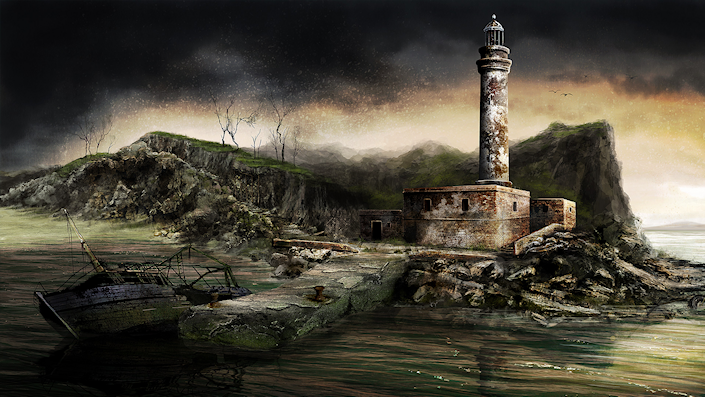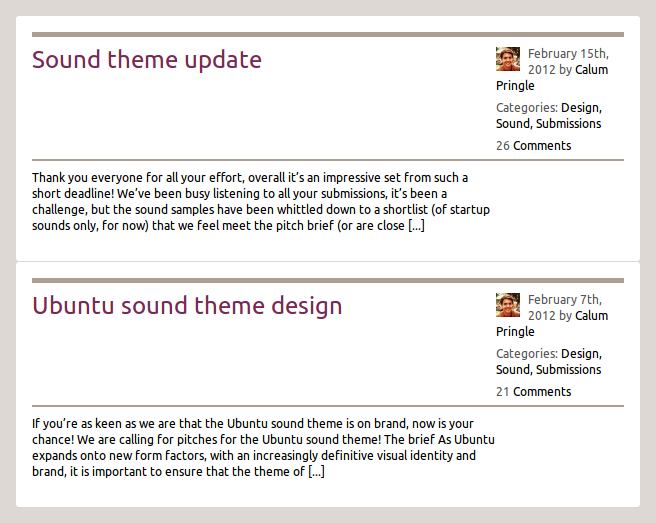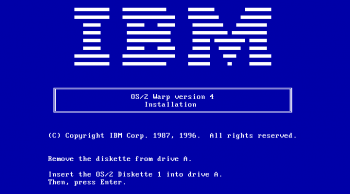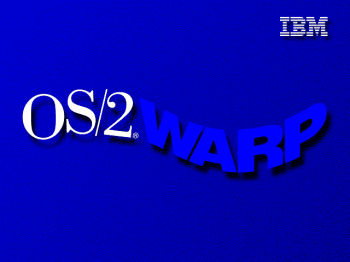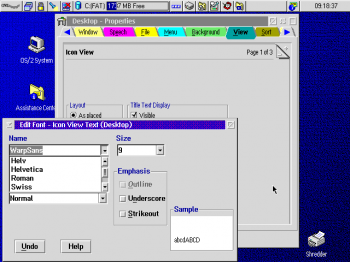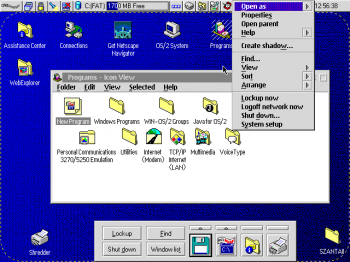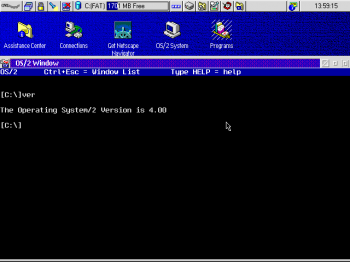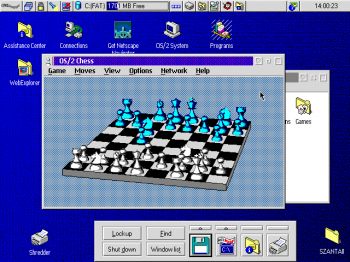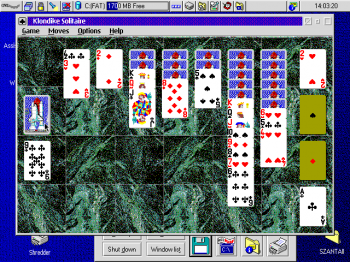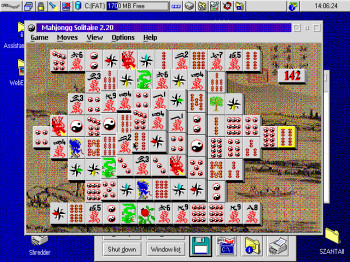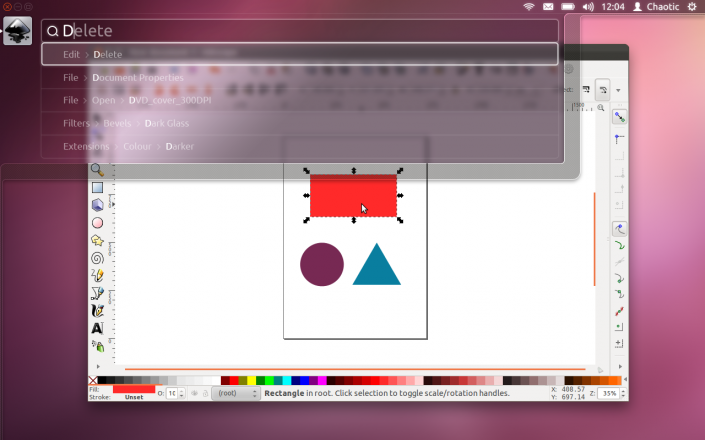Nem jártam még a Millenáris Velodromban, s mivel tegnap úgyis a közelben volt dolgom, a meteorológiai tavasz kezdetén bementem, megnéztem és lőttem pár képet.
A Millenáris egy elsősorban stéherversenyekre optimalizált geometriájú 412 méter hosszú feszítettbeton pálya. Hajós Alfréd és Mattyók Aladár az 1928-as átépítésnél 110-120km/h sebességre tervezték. A Milli ilyen szempontból különleges: ma rövid (akár csak 166m hosszú) parkettás pályákat építenek, amik gyakran lényegesen laposabbak a Millinél, és stéherversenyekre alkalmatlanok. […]
A pálya hatalmas, a kanyarok dőlésszögét pedig alig akartam elhinni, a hely viszont elég lerobbant, szerencsére ez nem sokat ront a hangulaton, még úgy sem, hogy így a tél végén még ugye teljesen kihalt. Kicsit körülnéztem a neten, és örömmel tapasztaltam, hogy vannak még fanatikus bringások, rajongók, akik még használják a Millit. Lesz még egy frankó old timer összejövetel május 1-jén, ahova mindenképp kimegyek, mert akkor talán sikerül megtapasztalni azt az igazi hangulatot, amit a Milli fénykorában közvetített.
De jöjjön a lényeg. Íme a fotók:





